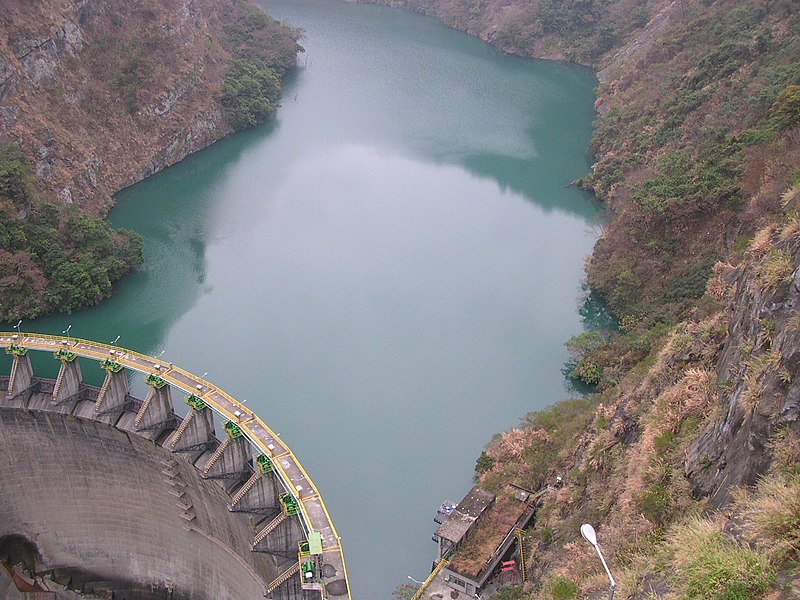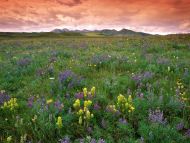Electricity: Conductors and Insulators
Lesson # 7 of 15
Name: Keri Calhoun Subject Area(s): Science
Duration of Lesson: 65 Minutes Grade Level: Fourth Grade
Context for Learning: (Attention to students’ backgrounds, interests, and needs):
17 students, 6 boys, 11 girls. Ages 9-12, 4th grade. One student has an IEP and will require special instruction. Majority of students will require extra prompting in order to get to the higher level thinking and understanding of questions.
State Standard(s):
GLE 0407.12.3 Explain how electricity in a simple circuit requires a complete loop through which current can pass, GLE 0407.Inq.1 Explore different scientific phenomena by asking questions, making logical predictions, planning, investigations, and recording data, GLE 0407.Inq.2 Select and use appropriate tools and simple equipment to conduct an investigation, GLE 0407.Inq.3 Organize data into tables, graphs, drawings, or diagrams.
Behavioral Objectives:
Students will be able to predict and experiment, coming to a conclusion on 14 items being either conductors or insulators. Students will be able to record predictions and findings in a science notebook as well as make a graph of the whole class’ findings.
Language Objectives:
Vocabulary: conductors, insulators, hypothesis and result
Students will define the words and use the words in their science folder where they record their hypothesis and results, as well as on the graph we will create as a class online.
Formative Assessment (Process):
While students are working with their partners testing each item in the bag, the teacher will walk around checking for understanding and proper procedure. If students are able to determine correct conductors and insulators this shows comprehension.
Summative Assessment (Product):
Students will complete a chart for conductors and insulators. If students are able to place items under appropriate columns this shows student comprehension.
Materials:
Small light bulb, bulb socket, 2 D-cell battery, 2 battery holder, 3 wires, miscellaneous items to test as conductor and insulators, science activity book, science folder
Procedures:
Time | Learning Activities -Teacher | Learning Activities - Students | Purpose |
****Use numbers to sequence procedures and align Time, Learning Activity and Purpose in each column. | |||
10 min 5 min 25 min 7 min 13 min | Anticipatory Set: Teacher will ask students to predict whether each item is a conductor or insulator based on their previous experiences with building an electrical circuit. Teacher will display the graph as he/she inputs students’ data on the projector for all students to see. Teacher will introduce the words conductor and insulator to students pointing out that when we said it makes the bulb light up the bar for conductor grew, and when we said it does not make the bulb light up the bar for insulators grew. Ask students what conductor means and what insulator means based on this. Presentation/Explicit Instruction: Make a circuit with a conductor, make a circuit with an insulator and a conductor as an example for the whole class. After each example have students tell you if it is a conductor or insulator and why. On the board write a sample of what students should write in their science folder for each item they test. A hypothesis and a result. Structured Practice/Exploration: Teacher will instruct students to repeat the same process for each item in their bag of conductors and insulators, and record their findings in their science notebook. Fold a piece of paper in half and label one side “Conductors (Light On)” and the other side “Insulators (Light off)”. Guided Practice/Feedback: Teacher will lead a whole class conversation comparing the class’ hypothesis to their findings. Independent Practice/Application: Teacher will ask students to find similarities in the conductors and insulators. What makes a conductor conduct energy? Use the similarities and your findings to define conductor and insulator. | Students will be seated at their desks, after the teacher introduces each item students will give a thumbs up for conductor and a thumbs down for insulator. Students will be seated with their science partner watching the demonstration. Students will be seated with their science partner testing each item in their bag. After each item students will record the results in their science folder. Students will be seated with their science partner raising their hands to contribute to the conversation about their findings and how they compare to their hypothesis. Students will be seated with their science partner. They will discuss with their partner how the items in the conductor column are similar and what makes them a conductor, defining the word in their own terms. Then students will do the same for insulators. | To introduce students to lesson and vocabulary, and to activate prior knowledge of electrical circuits. To demonstrate the process students will go through in order to complete the activity. To give students and opportunity to explore the science process and to get a better understanding of electrical circuits, conductors and insulators. To check for comprehension and help students better understand their findings during the activity. To demonstrate comprehension and develop a deeper understanding of conductors and insulators. |














